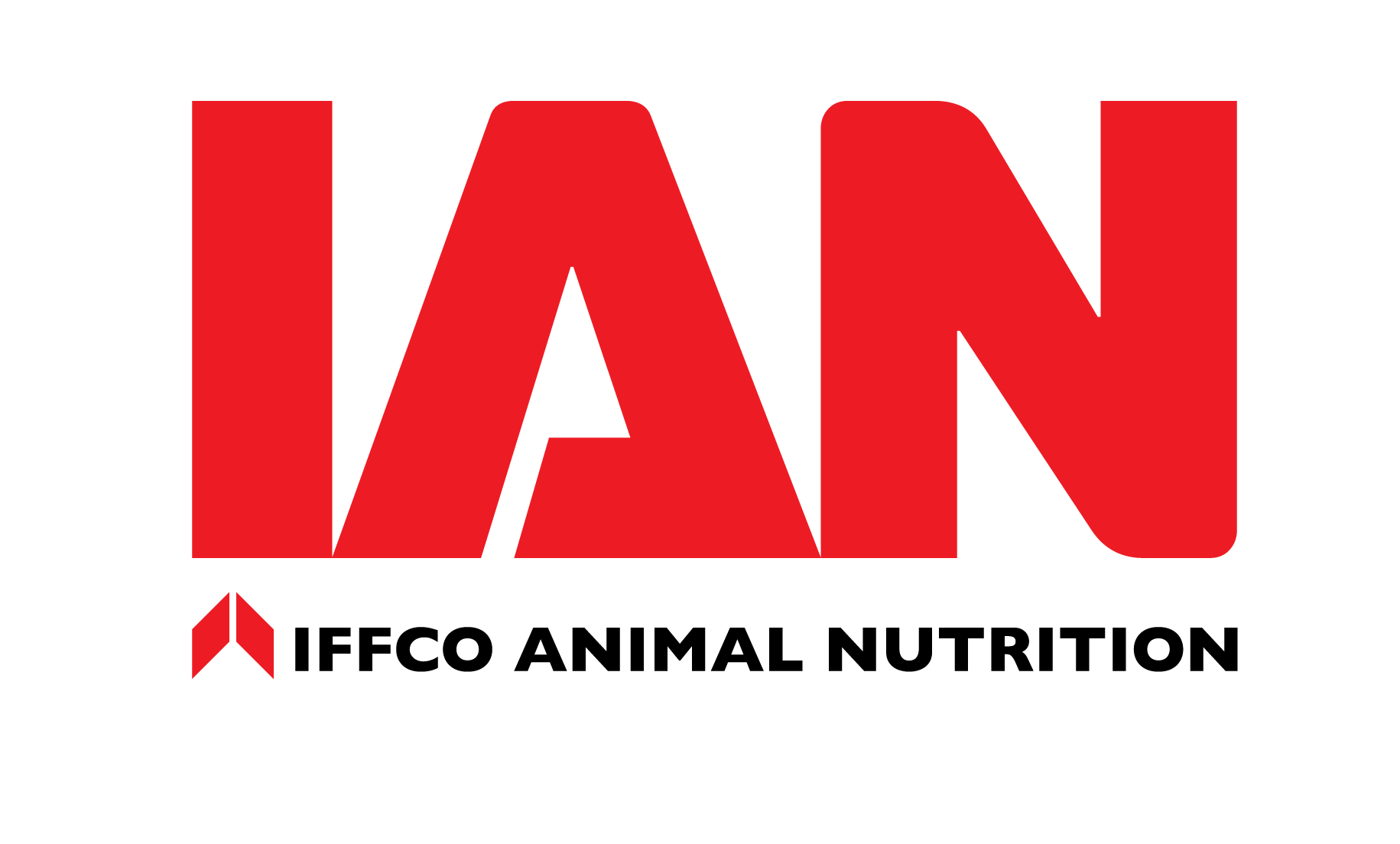Rumen Protected Fat : Specialized for Ruminants

Fat is included in dairy cow diet to use its high energy density and provide the animal with the energy needed to support a high level of production. The rumen protected by pass fat is efficiently by pass fat & easily digested in the intestine to provide energy & ultimately improves milk yield.
EARLY LACTATION
In Early Lactation, the energy intake of a modern diary cows is critical to maintain productivity performance. The feeding of protected fat is a must to express its full genetic potential in term of milk yield & quality, especially the better fat content. A low feed intake at this stage will lead to an “energy gap” and the cow will start mobilize is limited available body fat reserve in order to maintain the energy supply for milk production. This will result in risk of developing early ketosis & reduction in lifetime productivity
CALVING PERIOD WHY PROTECTED FAT ??
The dairy cow can respond to a much higher fat level at the level of 1.3 kg or 5.9%total fat in the total diet, and typically between 400-500 g of rumen protected fat would be the idea for a high yield dairy cow. The maximum efficiency of milk protection is achieved when fat contributes between 16-18% of the dietary energy intake. The use of free & unprotected fats to ruminants rations associated with some disadvantage, where rumen active fat can reduce the digestibility of the fiber & adversely affect rumen fermentation& mobility, causing drops in both milk quantity & quality. As such increase feeding of protected rumen fat is needed to maintain the productivity o the ruminants. Blood-drawn fatty acids in milk fat are primarily made up of longer 16 to 18- carbon fatty acids. This fact is backed up research, which infused C160 free fatty acids into the udder & elicited a milk fat response, because the C160 free fatty acids are transferred into milk fat with greater efficiency compared to other fatty acids of different chain lengths. Thus rumen bypass palm fat is a natural choice to raise milk fat production because of its C160 content



